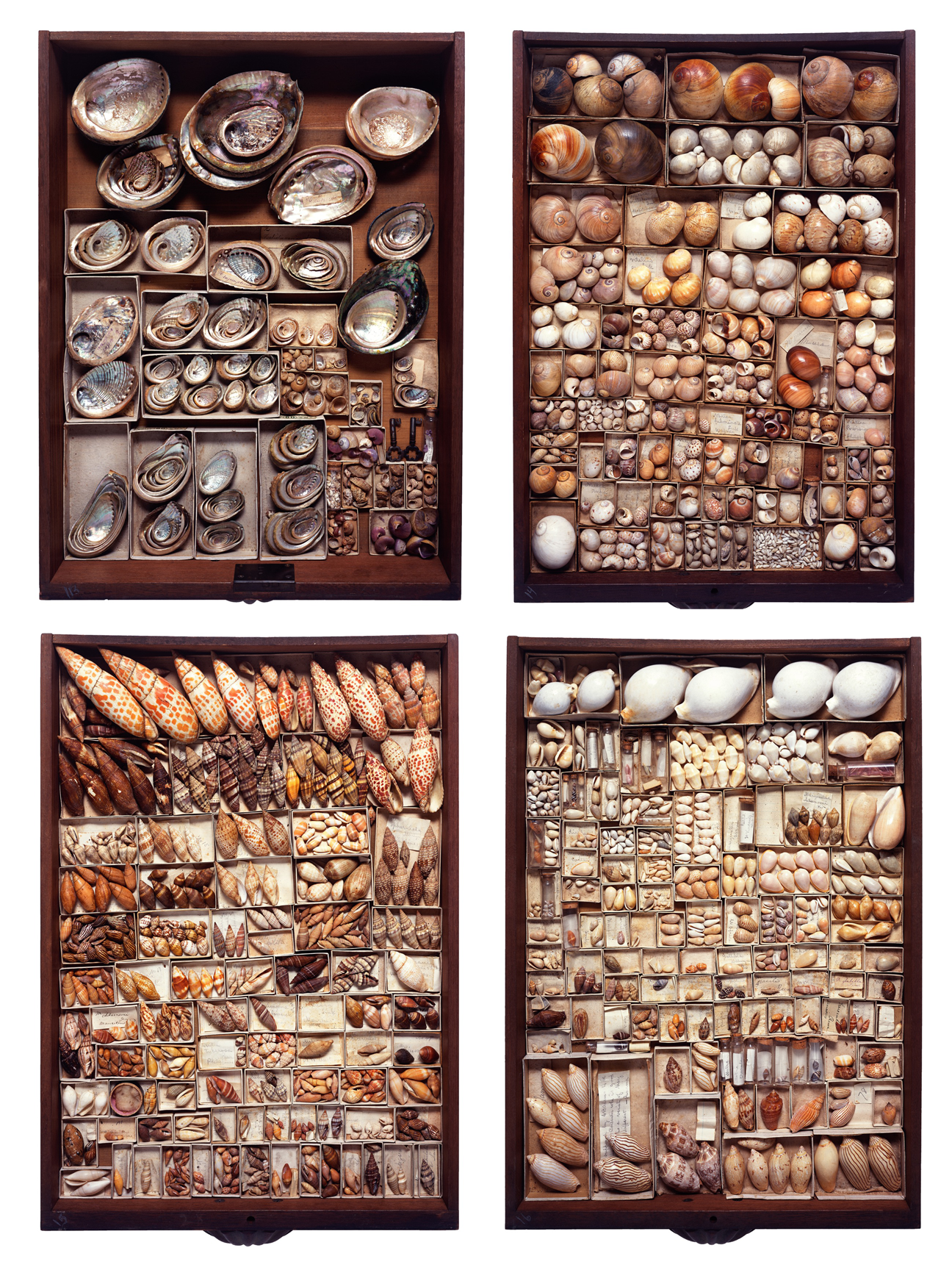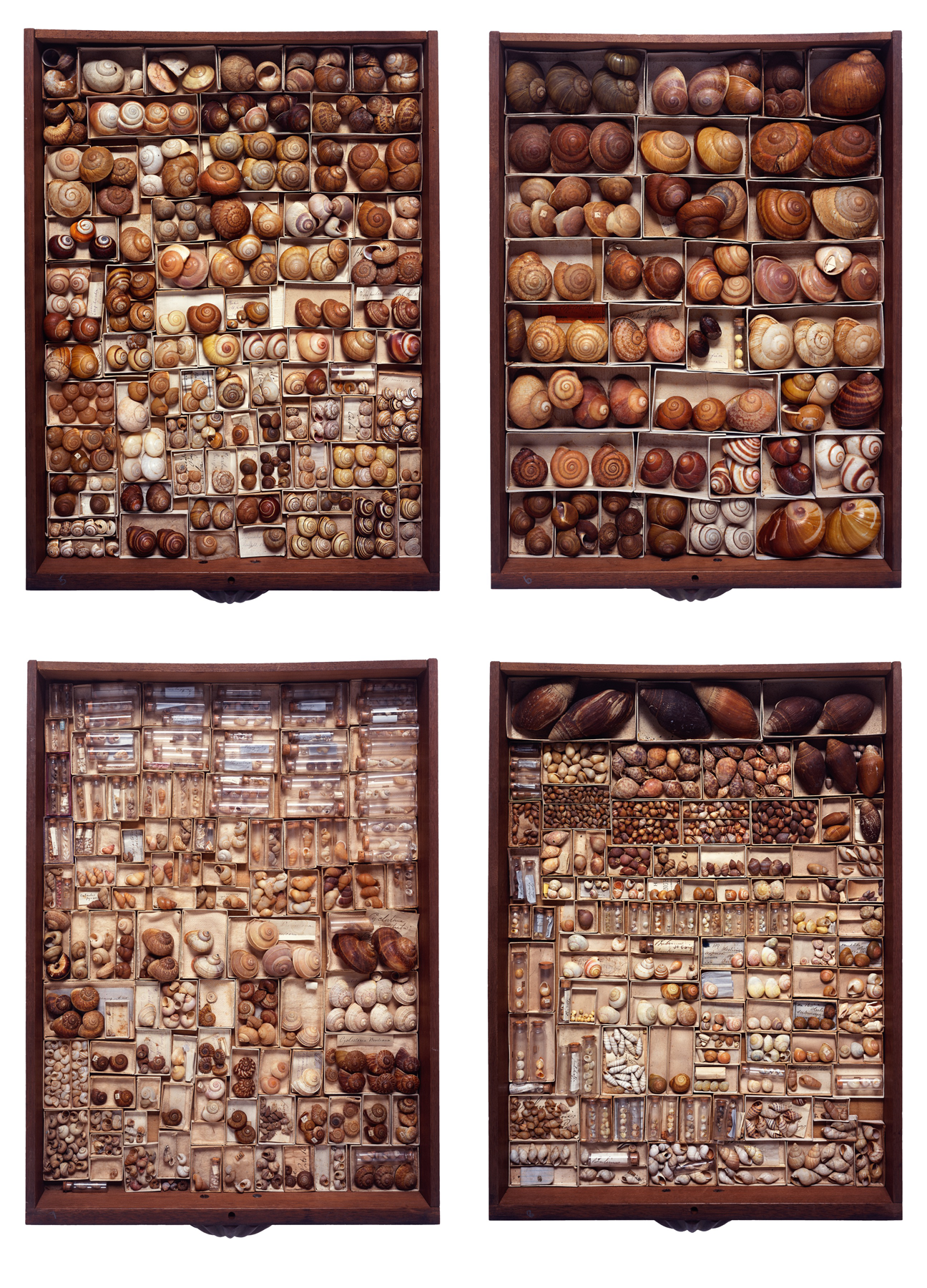


Intro
Two sisters living in Victorian-Era New England spent their entire lives filling fifty-two massive drawers with more than 30,000 shells from around the world.
Intro
Two sisters living in Victorian-Era New England spent their entire lives filling fifty-two massive drawers with more than 30,000 shells from around the world.
Evolution of a passion
The story of this extraordinary shell collection begins in Herman Melville’s New Bedford during the mid-nineteenth century, at the peak of the Atlantic whaling industry.
For the residents of the Massachusetts port town, the tireless succession of returning ships, laden with all manner of exotic treasure, were a constant reminder of the world beyond New England shores.
Clara and Ella
For Ella Howard Read (b. 1850, d. 1928) and Clara Anne Read (b. 1845, d. 1914), the young daughters of a well-to-do merchant family, the ships in the harbor inspired a wonder and restlessness for which there was little outlet, as proper Victorian girls and women were strictly barred from the seafaring life.
Seeking to satisfy some part of his daughter's’ curiosity, the girl's’ father, Joseph Rogers Read, a textile merchant and capitalist-entrepreneur, made the girls a present of a few pockets full of seashells. Culled from distant shores, the shells nurtured the girl's imagination and eventually fueled a lifelong passion for both the natural world and the art of collecting.
What began as a simple gift of seashells was to evolve into an intricately organized collection of some 30,000 sea, land and freshwater shells gathered from all parts of the globe, including all coastlines of the U.S. (including Hawaii, Alaska, Puerto Rico), Mexico and South America, the Mediterranean, East and South Africa, Australia, New Zealand, Indonesia, and many islands along the Pacific Rim.
Clara Anne Read
Joseph Rogers Read
Each shell preserved in its original state, was individually labeled and catalogued according to its family, Latin classification, and place of origin. The shells were then stored in small spool-and-thread boxes manufactured by Joseph Read’s textile mill, which were then organized into fifty-two 16”x24” mahogany drawers. Having remained completely intact for over a century, The Read Family Shell Collection provides a rare view of the intersection of natural history and human history as seen through the fascinated eyes of two Victorian women.















